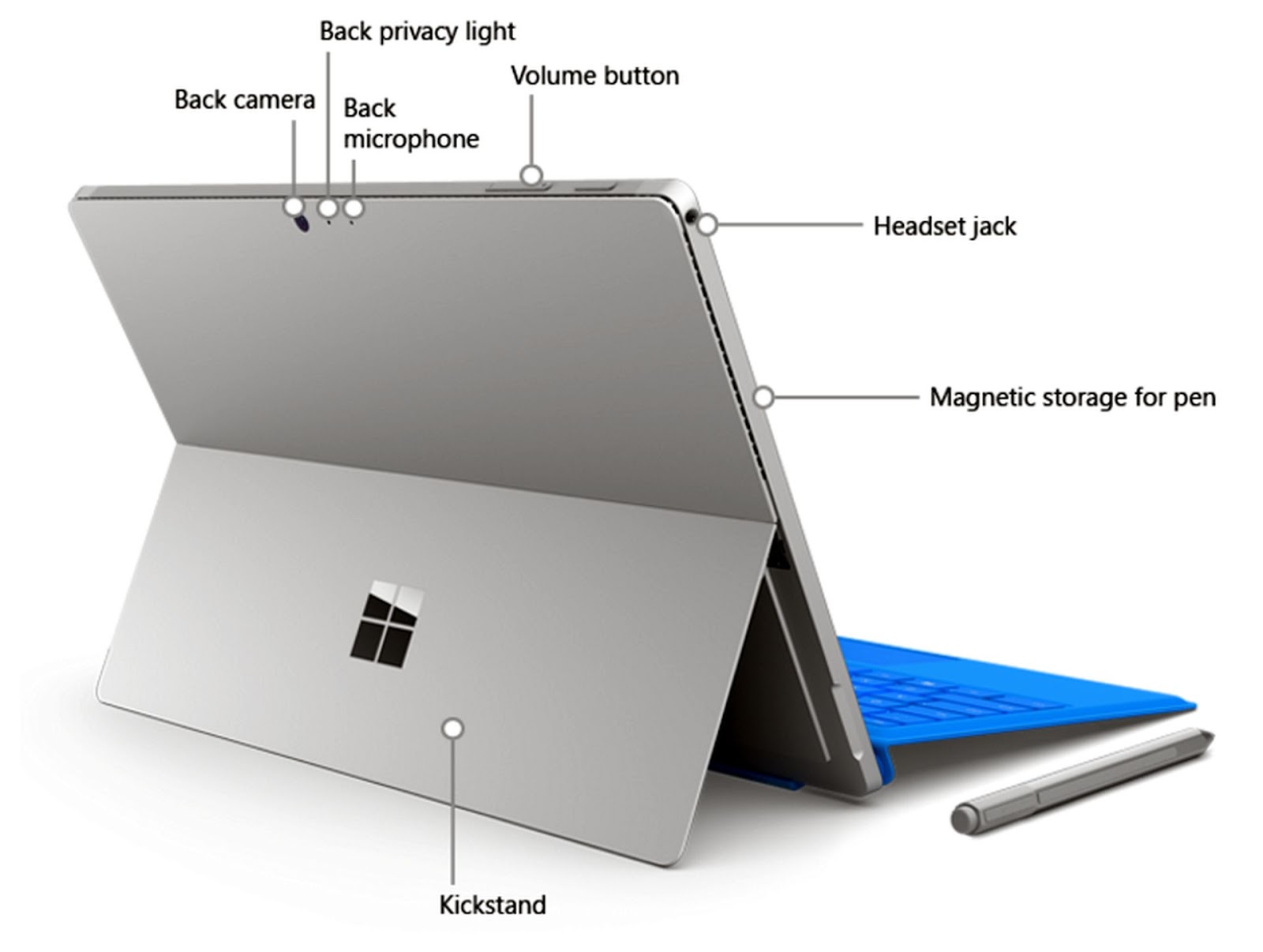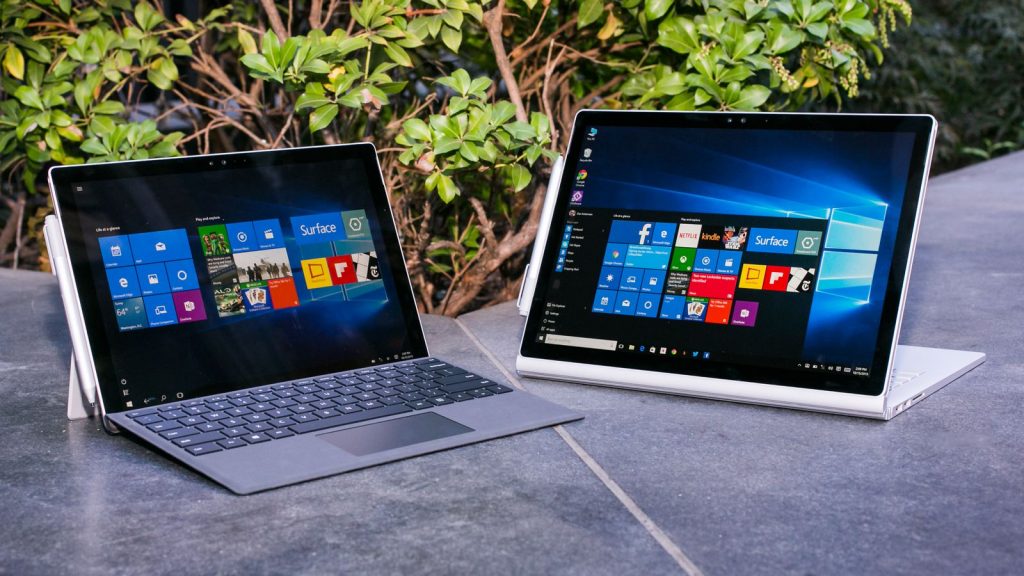

Viewing them side-by-side, Surface Pro suffers even more, and it’s hard not to imagine how much this device would be improved by a bigger display in the same body.īut whatever. Hurting matters further, Microsoft will soon release an ARM-based Surface Pro X with ultra-thin bezels that points to the future of the product line.

They are anachronistic when compared to the thin bezels we see virtually elsewhere else today.

That’s both good and bad, of course: The display bezels on the Surface Pro 7, like virtually everything else on this device, are identically large to those of the past three or four Pro generations. So Microsoft, at least for now, is not messing with success. And it’s clear that this form factor is a classic, as iconic and trendsetting as the second-generation MacBook Air. I’ve reviewed every version of Surface Pro except for Surface Pro 6. Surface Pro 7 (top) and Surface Pro 2017/5 (bottom) are physically almost identical This was the tablet that could replace your laptop, and it featured the basic form factor and feature set that we’ve been enjoying ever since in each of the four subsequent product generations: Thin and light, with a 3:2 display, a variably-adjustable kickstand, and, in more recent years, fanless and silent operation in all but the Core i7 versions. With the third-generation Surface Pro 3, released in mid-2014, Microsoft finally hit its stride. The first two Surface Pro generations were clunky 16:9 devices that were ill-equipped to meet the needs of most users, though some innovations, like the kickstand, and the replaceable Type Cover and Surface Pen, with their personalization capabilities, continued forward and were improved. But the form factor really works, and it’s no wonder that this 2-in-1 is Microsoft’s best-selling and most beloved PC.Īs you may recall, Surface Pro debuted alongside the doomed Surface RT in 2012, but the product didn’t actually ship to customers until early 2013.

It’s unclear whether Surface Pro 7 is the swan song for this venerable product line.


 0 kommentar(er)
0 kommentar(er)
